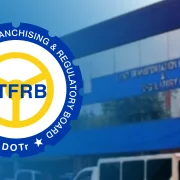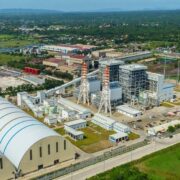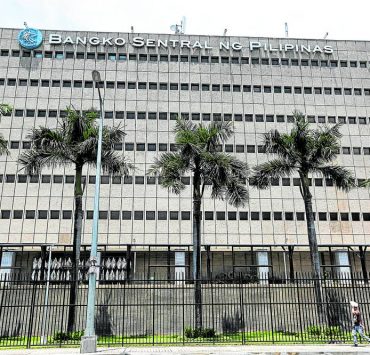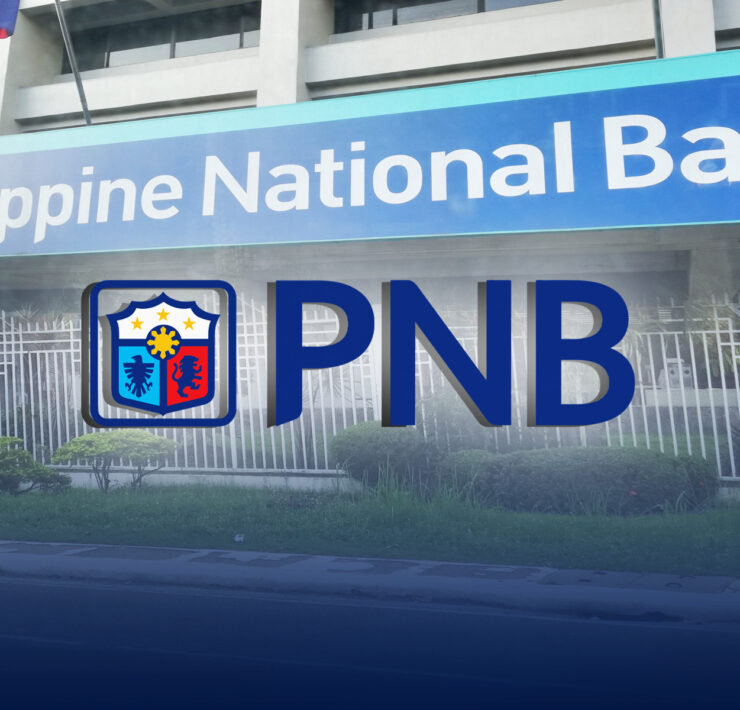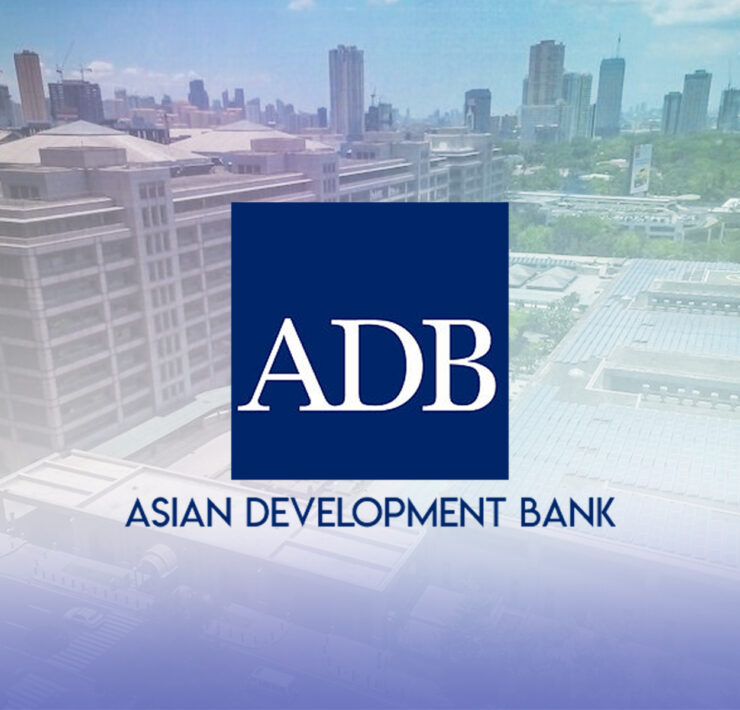Bad loans fell to 1-year low in Dec
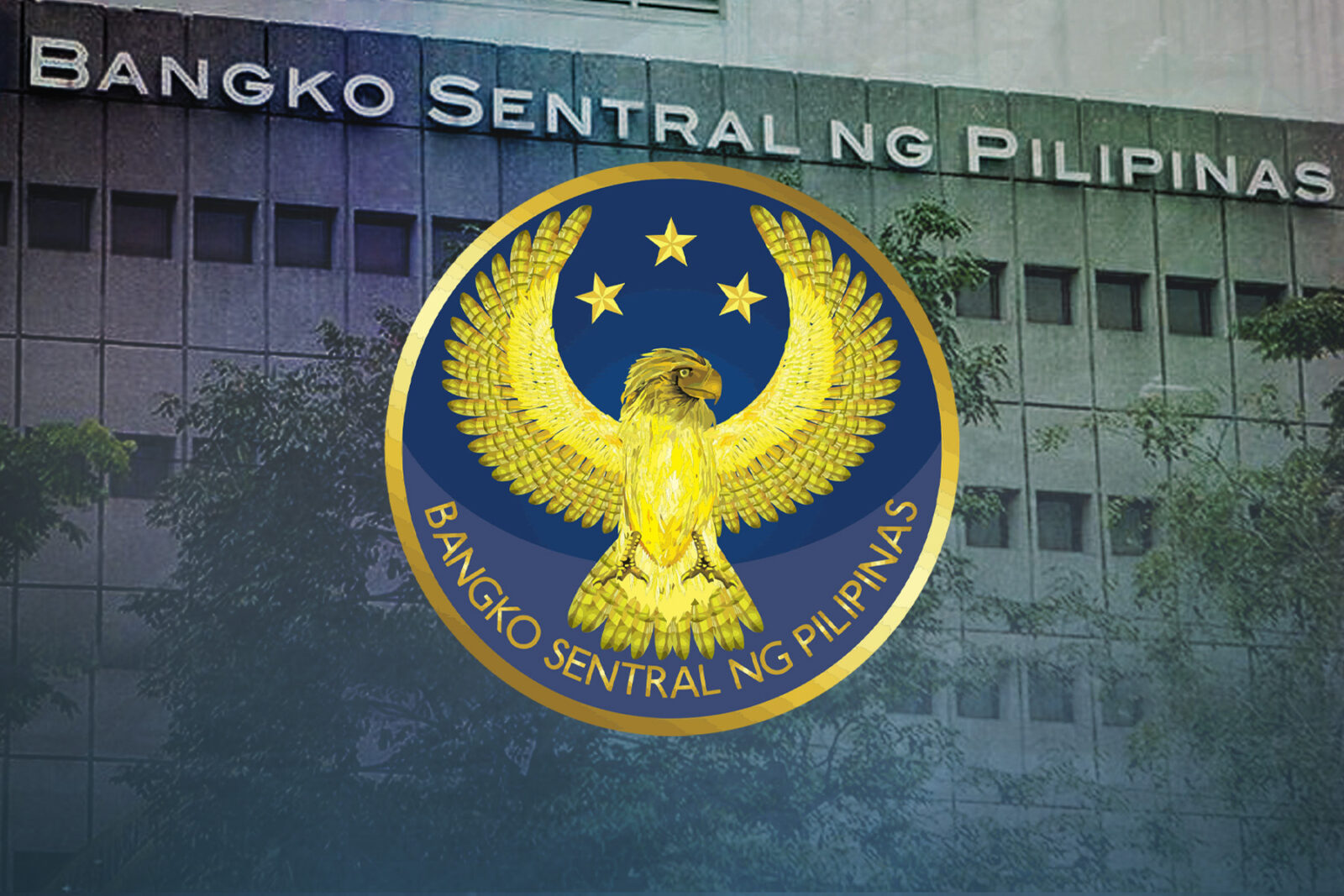
Soured loans held by Philippine banks as a ratio of total credit eased to their lowest level in a year by the end of 2024 as declining interest rates and softer inflation helped borrowers settle their debts on time.
However, a shallower easing cycle might keep financial conditions still somewhat tight, which could prevent a big decline in bad debts this year.
Preliminary data from the Bangko Sentral ng Pilipinas (BSP) showed the gross amount of nonperforming loans (NPLs)—or credit that is 90 days late on a payment and at risk of default—had cornered 3.27 percent of the local banking industry’s total lending portfolio as of December, down from November’s 3.54 percent.
That figure—also known as the gross NPL ratio—was the lowest since December 2023, when bad loans accounted for 3.24 percent of banks’ total loan book.
In peso terms, this means P500.32 billion of the local banking sector’s P15.32-trillion lending portfolio had turned sour as of December. That amount of NPL was 11.41 percent bigger compared with the previous year.
Sticky inflation
Jonathan Ravelas, senior adviser at Reyes Tacandong & Co., said the combination of lower interest rates and benign inflation might have eased the debt servicing burden of many borrowers.
But Ravelas said it would be difficult to bring the NPL ratio back to the prepandemic level of 2.04 percent, citing the possibility of fewer interest rate cuts this year due to “sticky inflation” and fresh global uncertainties following US President Donald Trump’s election victory.
“Note that BSP has cut policy rates by 75 bps (basis points) in 2024 and falling inflation will help stem the rise in NPL,” Ravelas said.
“With sticky inflation and challenges of Trump 2.0, it would be a herculean feat to bring it down back prepandemic levels. Prospects of rate cuts are challenging, at best we could see 50 bps this year and inflation risks remain,” he added.
Beyond rates and inflation, there might also be more efforts from banks to help their clients pay their debts.
BSP data showed restructured loans—or credit subjected to negotiations with struggling borrowers—accounted for 2.03 percent of the industry’s total lending book in December, slightly up from 2.03 percent in the preceding month.
But lenders are not letting their guard down. The BSP said banks set aside P480.69 billion as allowance for potential credit losses. That brought the NPL coverage ratio, a measure of sufficiency of such buffer funds, to 96.08 percent in December, up from 93.21 percent in November.







